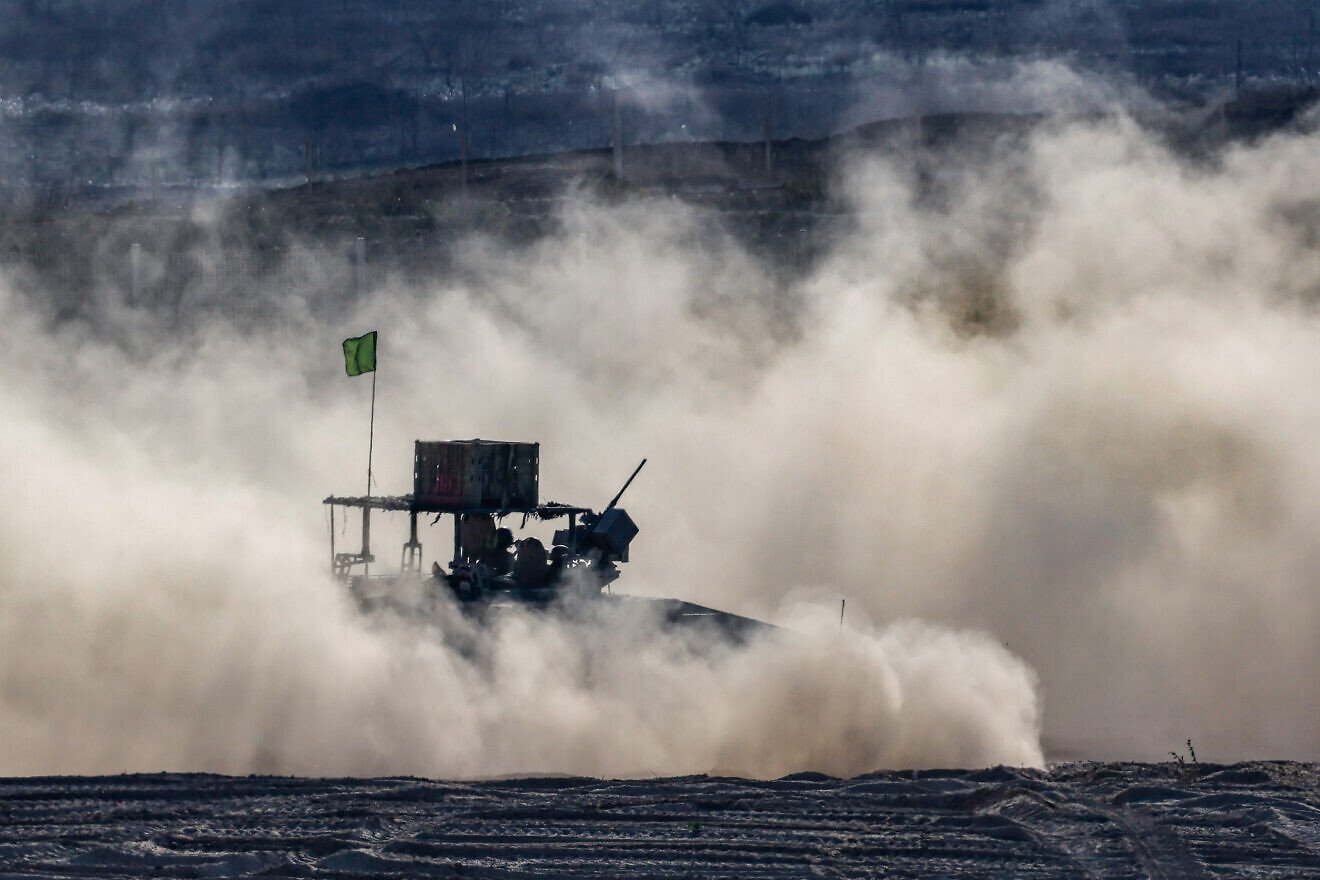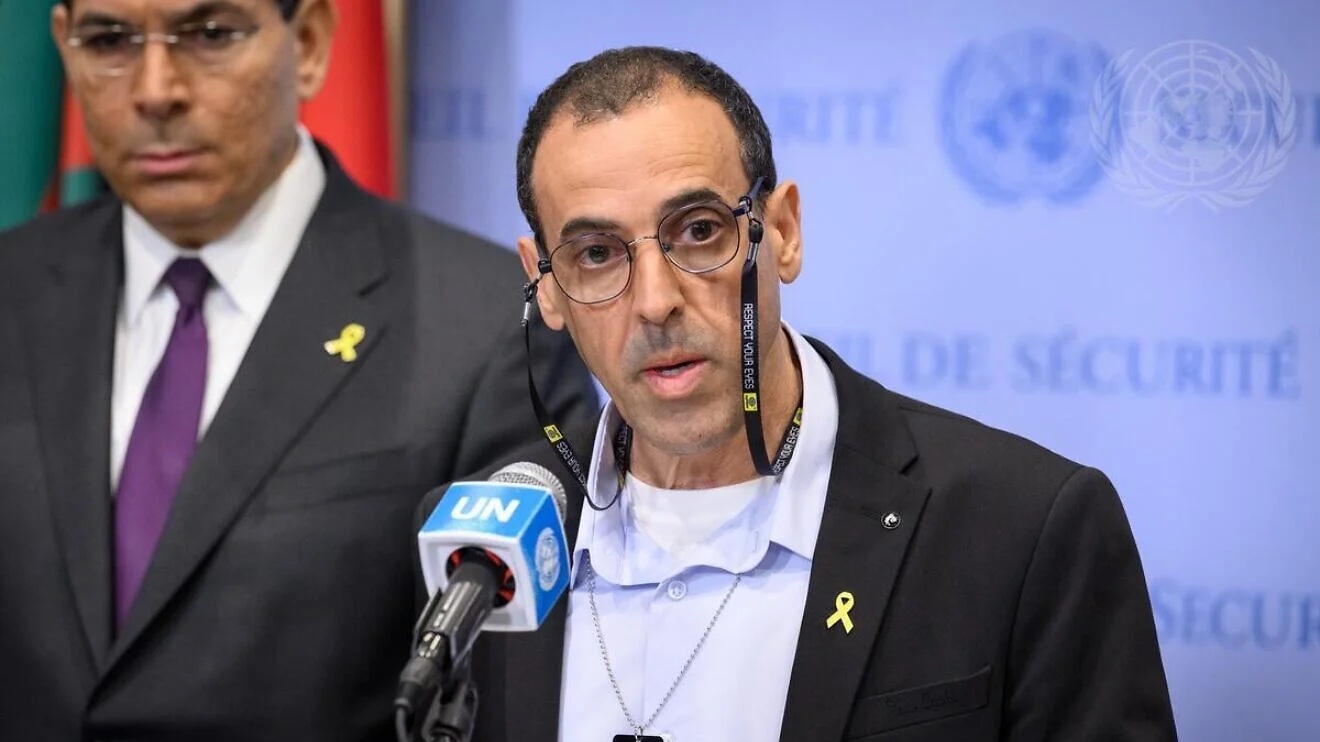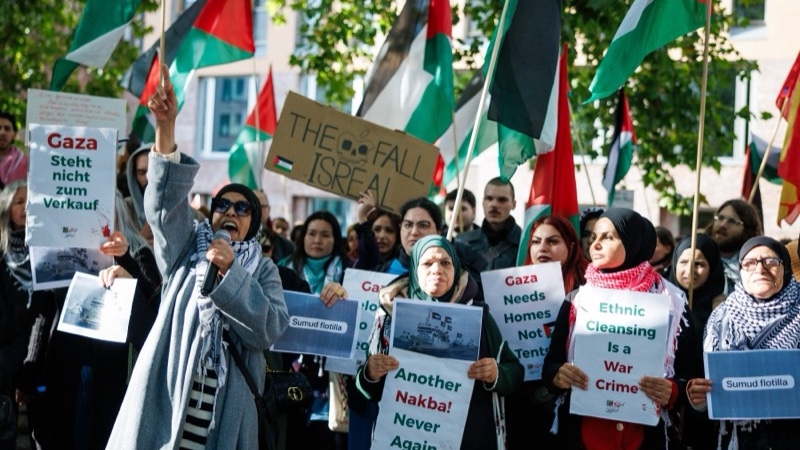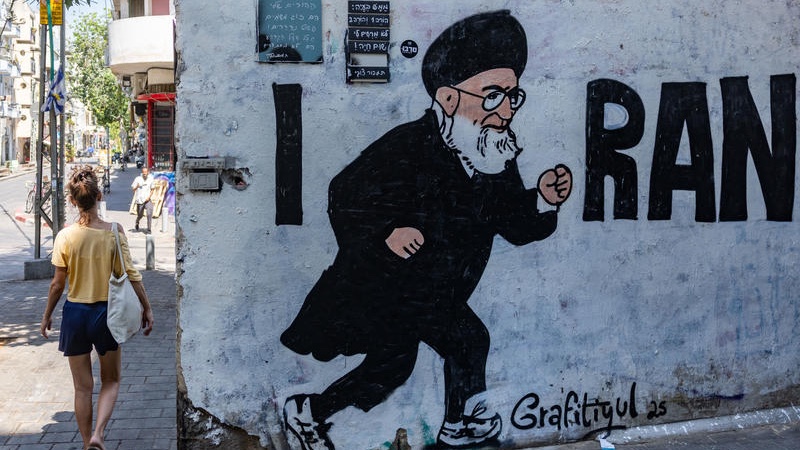(JNS) In his New York Times column titled “I’m a Genocide Scholar. I Know It When I See It,” Omer Bartov accused Israel of committing genocide in Gaza. As a professor of genocide studies at Brown University, he should know better. Genocide is not defined by a few comments taken out of context, by estimates of casualties or destruction, or by how war looks in headlines or on social media. It is defined by specific intent to destroy a national, ethnic, racial or religious group in whole or in part. That is a high legal bar. Bartov did not meet it. He did not even try.
I am not a lawyer or a political activist. I am a war expert. I have led soldiers in combat. I have trained military units in urban warfare for decades, and studied and taught military history, strategy and the laws of war for years. Since the Hamas-led terrorist attacks in southern Israel on Oct. 7, 2023, I have been to Gaza four times embedded with the Israel Defense Forces. I have interviewed the prime minister of Israel, the defense minister, the IDF chief of staff, the leadership of the Southern Command, and dozens of commanders and soldiers on the front lines. I have reviewed their orders, watched their targeting process and seen soldiers take real risks to avoid harming civilians. Nothing I have seen or studied resembles genocide or genocidal intent.
Bartov claims that five statements by Israeli leaders prove genocidal intent. He begins with Israeli Prime Minister Benjamin Netanyahu’s comment on Oct. 7 that Hamas and Palestinian terrorists would “pay a huge price” for the massacre of 1,200 people and the kidnapping of 251 others. That is not a call for genocide. It is what any leader would say after the worst terrorist attack in the nation’s history.
He also cites Netanyahu’s statements that Hamas would be destroyed and that civilians should evacuate combat zones. That is not evidence of a desire to destroy a people. It is what professional militaries do when fighting an enemy that hides among civilians.
Bartov presents Netanyahu’s reference to “remember Amalek” as a smoking gun. But this is a phrase from Jewish history and tradition. It is engraved at Israel’s Holocaust memorial—Yad Vashem: The World Holocaust Remembrance Center in Jerusalem—and also appears on the Holocaust memorial in The Hague. In both places, it serves as a warning to remain vigilant against threats, not as a call for mass killing.
The professor also highlights former Israeli Defense Minister Yoav Gallant’s use of the term “human animals” to describe Hamas fighters. That is not a war crime. After the slaughter, rape and atrocities done to civilians on Oct. 7, many would understand or even share that reaction.
Unable to find intent among those actually directing the war, Bartov turns to far-right politicians like Bezalel Smotrich and Nissim Vaturi. These individuals do not command troops, issue orders or shape battlefield decisions. I have studied the actual orders. They focus on destroying the Hamas terrorist organization, rescuing the remaining hostages and protecting civilians in Gaza whenever possible. Their rhetoric is irrelevant to the legal case.
Israel has taken extraordinary steps to limit civilian harm. It warns before attacks using text messages, phone calls, leaflets and broadcasts. It opens safe corridors and pauses operations so civilians can leave combat areas. It tracks civilian presence down to the building level. I have seen missions delayed or canceled because children were nearby. I have seen Israeli troops come under fire and still be ordered not to shoot back because civilians might be harmed.
Israel has delivered more humanitarian aid to Gaza than any military in history has provided to an enemy population during wartime. More than 94,000 trucks carrying more than 1.8 million tons of aid have entered the territory. Israel has supported hospitals, repaired water pipelines, increased access to clean water and enabled more than 36,000 patients to leave Gaza for treatment abroad.
The IDF has coordinated millions of vaccine doses, supplied fuel for hospitals and infrastructure, and facilitated the flow of food and medicine through the United Nations, aid groups and private partners. The US–Israeli Gaza Humanitarian Foundation alone has delivered more than 82 million meals—1 million to 2 million a day—while weakening Hamas’s control over aid. This is not genocide. It is a responsible and historic mid-war humanitarian policy.
Bartov cites death tolls from Hamas health authorities without question. He says 58,000 have been killed, including 17,000 children. But these numbers come from a terrorist organization. They mix civilians and fighters, and count anyone under 18 as a child, even though Hamas uses teenagers and younger children as combatants. The figures are not independently verified and have been shown to contain false details, including names, ages and sex. Civilian deaths are tragic, but in Gaza, they are also part of Hamas’s strategy.
No military operation is judged solely by body counts or destruction figures. If we used Bartov’s logic, every major war would be called genocide. A total of 2 million civilians died in the Korean War, an average of 54,000 per month. The Iraq and Afghanistan wars killed hundreds of thousands. The fight against ISIS leveled multiple cities and killed tens of thousands. None of those wars was considered genocidal. War is evaluated based on the actions of commanders, the goals set by leaders and how well the military follows the laws of war, not by statistics taken out of context.
War is hell. It is inhumane, destructive and ugly. But it is not automatically a crime. Nations must not target civilians. They must follow the rules of distinction, proportionality and take all possible care to avoid civilian harm. Israel is doing that. I have seen it.
In Rafah this summer, Israel spent weeks preparing evacuations. It opened new safe areas and waited until civilians had moved before striking Hamas targets. That operation killed Hamas’s top commander, recovered hostages and kept civilian deaths very low. It was a clear example of Israel’s extraordinary intent and actions to protect civilians while targeting only Hamas, a part of the story ignored by those who reduce war to headlines and numbers.
What is happening in Gaza is tragic. But it is not genocide. And it is not illegal.
Genocide requires clear, provable intent to destroy a people through sustained, deliberate actions. That burden of proof has not been met. Bartov and others have not even tried.
Likewise, the laws of war do not prohibit war itself. The laws of war require that military operations distinguish between combatants and noncombatants, that force be proportional to the objective, and that commanders take all feasible precautions to protect civilian life. I have watched the IDF do exactly that. I have seen restraint, humanitarian aid and deliberate compliance with legal standards, often at tactical cost.
This is not a campaign of extermination. It is a war against Hamas, a terrorist army embedded in civilian areas by design.
The law matters. So does precision. And, above all, truth matters.














